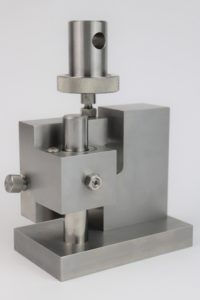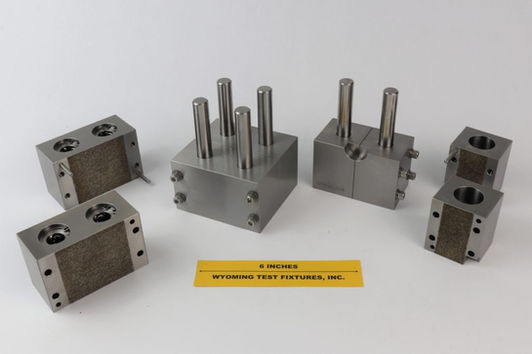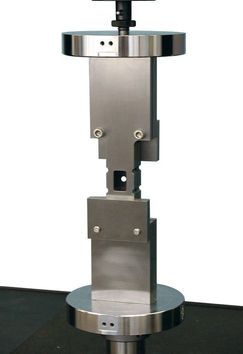Lab Capabilities
Mechanics of Composite Materials Lab - Major Research Instrumentation
Test equipment:

INSTRON-8802 (Hydraulic)
Load cell: 250KN, 10KN
Grippers:
-
Hydraulic grippers
-
Flat jaw faces for hydraulic grippers (1-42mm)
-
Vee jaw faces for hydraulic grippers (5-34mm)
-
Boeing open hole compression fixture (ASTM D6484M)
-
Mechanical grippers for load cell 10KN
-
Alignment Cell
-
Compression plates round 150mm

INSTRON 68FM-R (Screw-Driven)
Load cell: 10N,100N,50KN,5KN,30KN,100KN.
Grippers:
-
Flate jaw faces 0-0.5 inches
-
Combined loading compression test fixtures (ASTM-D6641)
-
Iosipescu shear test fixtures (ASTM-D5379)
-
Equipment for bending tests (3 and 4 points)
-
In-House Non-standard test setups: Bi-axial, Brazilian Disk, Inditation, Modified Arcan.
%20System%20with%20Cameras.png)
Digital Image Correlation (DIC) System with Cameras:
-
Camera Opto-motive 130Hz
-
Camera VC-imager M-Lite 5M Lavision
-
Camera M-Lite 9M Lavision
-
Camera imager pro SX 4M Lavision

Strain Measurement Instruments:
-
Dynamic strain gauge extensometers: 12.5/25/50mm (Instron)
-
National instruments modular system NI-CDA-9178.
-
D4 Data Acquisition Conditioner (Micro Measurements)
-
Strain measurements system (15 channels) synchronized with Instron machines.
Select Fixtures and Test Setups
Software:
-
In-House Micromechanics and Multi-Scale Composite Materials Software: PHFGMC, HFGMC, GMC, Sub-laminate, Cohesive and Fracture Codes
-
In-house independent and Pytorch-Matlab Machine Learning (ML) code: DNN, LSTM, TCN, Transformers, PINNs
-
WaveMatrix – Dynamic testing software (Instron)
-
Lavision software for Digital Image Correlation
-
Bluehill software – Static testing software (Instron)
-
In-house dedicated software for post-processing of DIC and other nonlinear and damage analysis in part using ANN techniques
Biocomposite material system
Our patented biocomposite of unique collagen fibers from soft-coral embedded within a host of polymeric and other binders. The long coiled collagen fibers (cm-scale) are harnessed by reaping the edge of the coral. The extracted fibers are then wrapped around thin metal frames to create organized fiber arrays. Our biocomposite laminates are manufactured using the aligned fibers embedded within a binder matrix, e.g., hydrogel, alginate, or Pluronic-DMA.
In-Collaboration:
Prof. Yehuda[Hudi] Benayahu













